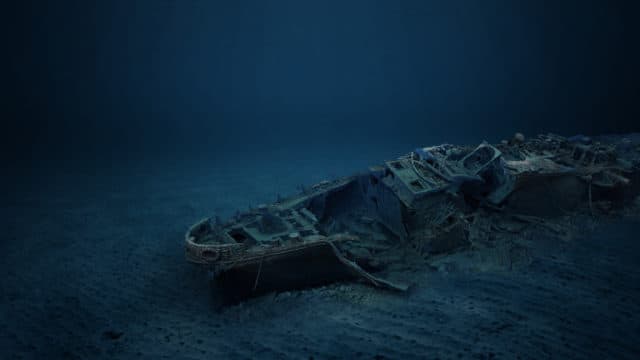Fairey Swordfish
Fairey Swordfish
The Fairey Swordfish was a biplane torpedo bomber, developed by the Fairey Aviation Company in the early 1930s. The production of the biplane was simplified by its uncomplicated structure, consisting of wings of steel spars, a steel-tube fuselage and a fabric covering, lending it the nickname ‘Stringbag’.
With the outbreak of the Second World War, the Fairey Swordfish was already considered obsolete, nevertheless, a staggering 2,392 were built before the aircraft was taken out of production in mid-1944, remaining in service until July 1945. Notwithstanding the Stringbag’s antiquated appearance and status, it was arguably one of the most effective aircraft of the Second World War, with its main purposes being the attack of enemy shipping, submarines and warships as well as the protection of convoys. In fact, the Fairey Swordfish is today accredited with having sunk more enemy shipping tonnage than any other aircraft, with an estimated average of 50,000 tons a month being sunk. Much of the anti-shipping warfare conducted by the Stringbag was based from Malta, in particular with the opening of the North African Front in 1940. Much of Axis supplies had to be shipped to the front, making Malta even more strategically important. In fact, much of the German Luftwaffe’s attention was focused on Malta with the intention of bombing the island into submission



The Wreck.
The Fairey Swordfish wreck located off the coast of Sliema was the result of engine failure, with the pilot being forced to ditch the plane in 1943. The wreck is located at a depth of 70 metres, with its intact position indicating a controlled ditch. The fabric covering of the Stringbag has deteriorated, leaving the steel skeleton behind, along with the engine, propeller and cowling, all of which have survived intact. Only 13 Fairey Swordfish still exist today, making the aircraft wreck in Malta a locally and globally unique site.
Bristol Pegasus Engine
The Fairey Swordfish was powered by a Bristol Pegasus engine which was a British nine-cylinder, single row, air-cooled radial aero engine. The engine was first designed by Roy Fadden of the British Aeroplane Company, and was used to power both civilian and military aircraft throughout the 1930s and 1940s. The Pegasus engine had its origin in the Jupiter and Mercury engines, both amongst the finest engines of their time. The Pegasus engine set several altitude and distance records throughout the 1930s, with aircraft applications varying from single-engine biplanes to four-engine seaplanes. By the end of production over 30,000 Pegasus engines were built, with the Fairey Swordfish biplane amongst the engine’s more notable users.
Vickers Machine Gun
The Fairey Swordfish was armed with a single, fixed, and forward firing Vickers machine gun, located in the upper right fuselage and firing through the propeller. The Vickers machine gun was a water-cooled .303 British machine gun produced by Vickers Limited as a modified version of the late 19th century Maxim machine gun. The Vickers machine gun was adopted by the British Army as its standard machine gun in 1912, firing over 600 rounds per minute and having a range of over 4000 metres. The Vickers gun outperformed many other guns of the First World War and remained the standard machine gun of the British Army until the late 1960s. Throughout the Great War the Vickers machine gun also became the standard armament on British and French military aircraft, with an air-cooled derivative mounted on aircraft from 1916 onwards. In the inter-war period, the machine gun armament of fighter aircraft shifted from the fuselage to the wings, resulting in the replacement of the Vickers machine gun with a more reliable and faster-firing gun. However, the Fairey Swordfish continued to be fitted with a Vickers machine gun until the aircraft production ended in 1944.


























